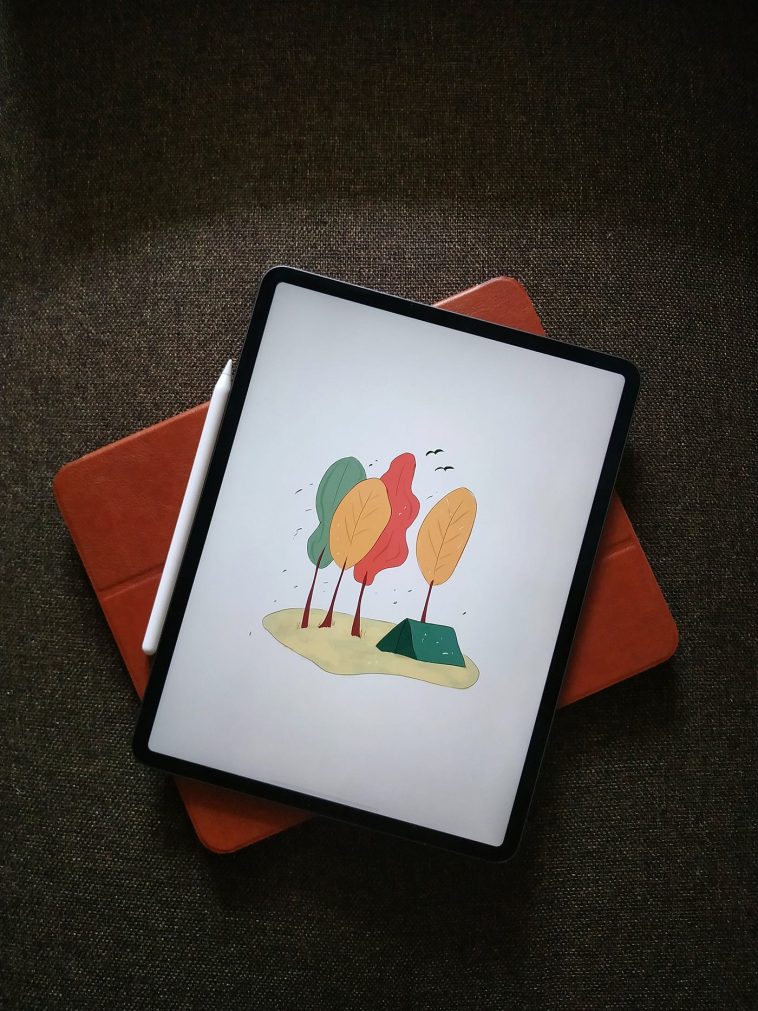Introduction.
Selling digital products online isn’t just a trend—it’s one of the smartest ways to make money from your skills and knowledge.
It’s low-cost, high-margin, and once you create something, you can sell it over and over again without restocking or shipping.
Think of eBooks, online courses, templates, digital art, music, or even simple spreadsheets—people are buying this stuff every single day.
The digital products market is growing fast. According to a 2024 report from Statista, global e-learning revenue alone is expected to hit $400 billion by 2027. That’s just one corner of the digital world.
More creators are getting in, and more customers are willing to pay for high-quality, useful content that helps them save time, learn something new, or solve a problem.
So, if you’re thinking about selling your digital products but aren’t sure where to start, this guide is for you. I’m going to break it down step by step—without the fluff. Just the real stuff that works.
How Do I Sell Digital Products Online?
Step 1: Choose the Right Digital Product
Before you start thinking about websites or payment buttons, figure out what you’re going to sell.
Some popular digital products include:
eBooks – Guides, tutorials, or how-to manuals.
Online courses – Video, audio, or text-based lessons.
Printables – Planners, worksheets, trackers.
Templates – Canva templates, resume designs, pitch decks.
Software or code – Apps, plugins, website themes.
Digital art and music – Photography, beats, stock music.
The key is to find something that solves a problem or helps someone do something faster or better.
Ask yourself:
What do people ask me for help with?
What skills or knowledge do I have that could help others?
Is there a demand for this product? (Tip: Search on Etsy, Gumroad, or TikTok to see what’s trending.)
Step 2: Validate Your Idea
You don’t want to spend hours creating something no one wants. So, before making the product, test the idea.
Here’s how to validate it:
Search keywords related to your product on Google and Pinterest. Are people searching for it?
Check online marketplaces like Etsy, Gumroad, or Creative Market. Is anyone selling similar things?
Ask your audience on social media. Even a poll on Instagram can help.
Create a landing page with a waitlist and promote it. If people sign up, it’s a good sign.
You can use Carrd or ConvertKit to build a super simple landing page.
Step 3: Create the Product
This is where most people get stuck, but don’t overthink it. Start simple.
Here are some tools that make things easier:
eBooks or guides: Use Google Docs or Canva.
Design templates: Use Canva Pro to build and export as templates.
Printables: Design in Canva, export as PDF.
Make sure your product is easy to understand, looks good, and delivers on its promise. You don’t need to be perfect—just helpful.
Step 4: Pick a Platform to Sell On
Now that you’ve created something, you need a place to sell it.
Here are the most beginner-friendly platforms:
Gumroad – Free to start, simple, and takes care of file delivery. (gumroad.com)
Payhip – Easy setup, lets you sell directly, with built-in EU VAT handling. (payhip.com)
Etsy – Best for printables, templates, and creative stuff. (etsy.com)
Shopify – Better for long-term growth and building a full online store. (shopify.com)
If you’re just getting started, I usually recommend Gumroad. It’s free, quick to set up, and you can literally start selling today.
Step 5: Set a Fair Price
Pricing can be tricky, but don’t undersell yourself.
Here’s a rough guide:
eBooks: $10–$30
Printables: $5–$20
Templates: $10–$50
Courses: $30–$300 (depending on how in-depth it is)
A simple rule: The more value it provides or the more it helps save time/money, the higher you can price it.
You can also offer discounts or bundles to increase sales.
Step 6: Add a Payment Option
Most platforms handle this for you (like Gumroad or Payhip), but if you’re selling through your site, you’ll need a payment system.
The most popular ones are:
- Stripe – Clean and professional.
- PayPal – Everyone knows it and trusts it.
You can also connect payment tools through platforms like Shopify, WooCommerce, or Podia.
Step 7: Promote Your Digital Product
This part matters just as much as creating the product. If no one sees it, no one buys it.
Here’s how to get the word out:
1. Social media marketing
Post content related to your product. Share behind-the-scenes, helpful tips, or transformations. Focus on Instagram, TikTok, YouTube Shorts, or Pinterest—these platforms are great for discoverability.
2. Email marketing
Build a small email list with a freebie (called a “lead magnet”) and send updates or launch promos. Tools like MailerLite or ConvertKit are great.
3. SEO/blogging
Write helpful blog posts that answer questions your audience is Googling. This helps your product get discovered organically.
For example, if you’re selling a meal planner printable, write a blog post titled: “How To Meal Plan for Busy Weeknights.”
4. Use a launch strategy
Even if you have 10 followers, build some hype. Announce the product, give sneak peeks, and offer a launch discount for 48 hours.
Step 8: Automate and Scale
Once you’ve made a few sales and gotten some feedback, it’s time to automate.
- Set up automated emails for follow-ups and upsells.
- Create a bundle of your products to increase the order value.
- Run ads if you’re ready to invest a bit—Facebook, Instagram, or Pinterest are good places to start.
And most importantly: Keep improving. Update your product if needed, ask for reviews, and keep showing up online.
FAQs
Do I need a business license to sell digital products?
That depends on where you live. In many places, you can start as a sole proprietor. But check your local regulations to be safe.
Can I sell digital products without a website?
Yes. Platforms like Gumroad or Etsy let you sell without a website. But having your own site gives you more control and helps build trust.
What if someone steals my product?
It happens. But don’t let fear stop you. Add terms and conditions, watermarks if needed, and trust that most people are honest.
How do I get traffic if I don’t have followers?
Start with SEO (blogging or Pinterest), create helpful content on social media, and consider running low-budget ads. Focus on helping—not just selling.
Conclusion
Selling digital products online is one of the most accessible ways to earn online. You don’t need a big budget, fancy tools, or a huge audience to start. Just a useful idea, a simple product, and a clear way to share it.
Start small, improve as you go, and focus on helping your audience. Once you make your first few sales, it gets easier—and more fun.
So, what’s the first digital product you’re thinking about selling?





GIPHY App Key not set. Please check settings